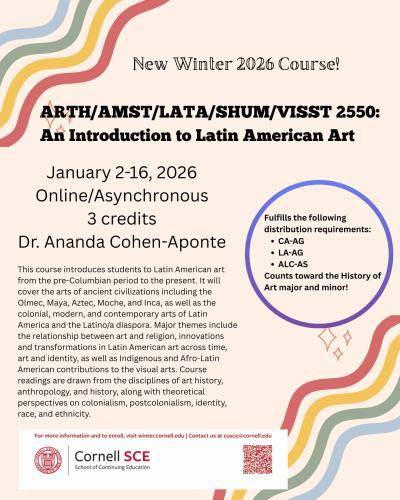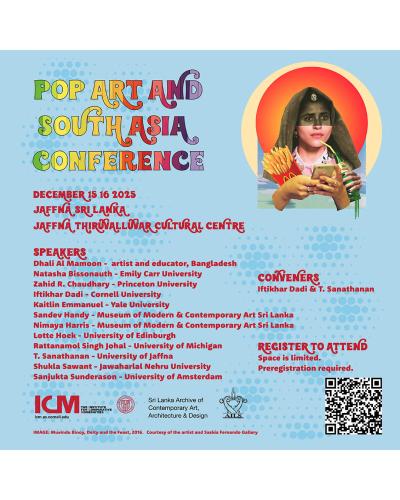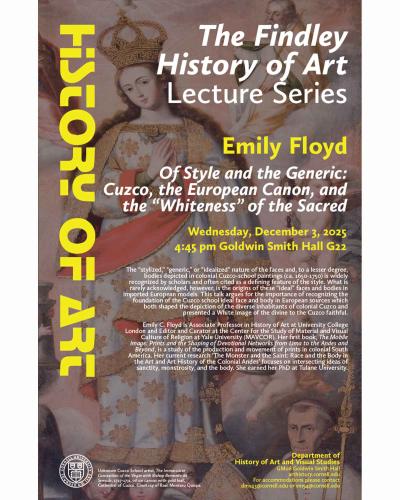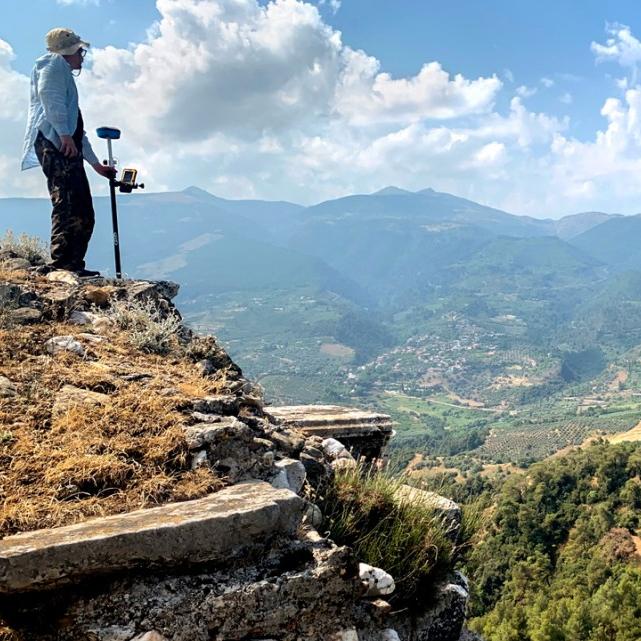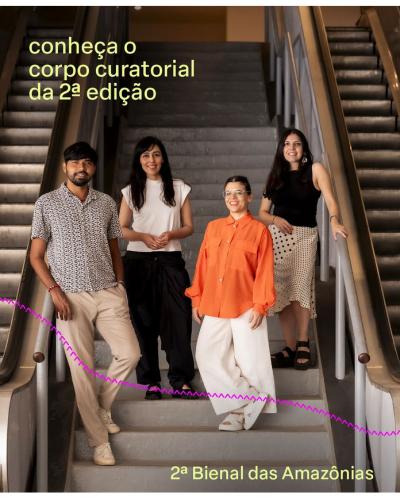The Bienal das Amazônias is based in Belém, Brazil, and its second edition runs from Aug 29 to Dec 21, 2025. Titled Verde-Distância, it took inspiration from Benedicto Monteiro’s novel Verde Vagamundo (1972), which conjures the Amazon as multiplicity, resisting reduction to a single, fixed image. This edition pushed beyond national frameworks, proposing the Amazon as a relational field that unfolds across borders, biomes, and histories.
The curatorial team was guided by Monteiro’s incantatory passage “thousands of shades of green.” Written during Brazil’s dictatorship, Verde Vagamundo offered an enumeration of greens such as “wing green, sea green, forest green…etc.” These functioned as both a poetic inventory of the Amazon and a metaphor for multiplicity and resistance.
This poetic imagining was crucial because the curators wanted an exhibition that spoke from the Amazon, not about it. Rather than defining a theme, they organized the Biennial around three currents: dreams, memory, and accents (sotaki). These, however, were not themes, chapters, or sections of the exhibition, but entry points — ways of attuning to the diverse artistic production of the region. Instead of fixing the exhibition within rigid conceptual categories, the curators followed these currents because they carry multiplicity, allowing them to honor the diversity of artistic voices, backgrounds, and m
odes of thought.
As Associate Curator of the Biennial, Garzon worked closely with Manuela Moscoso, Jean de Silva, and Mónica Amieva. They were interested in exchange, in togetherness, in creating spaces where artists could gather. Altogether, the Biennial featured 74 artists and nearly 300 works of art. While some of the participating artists are internationally recognized, few have exhibited in their home region—and even fewer knew each other’s work. The opening week’s assemblies embodied this spirit of encounter: they were spaces for thinking together.

